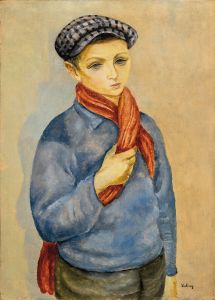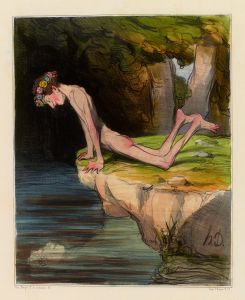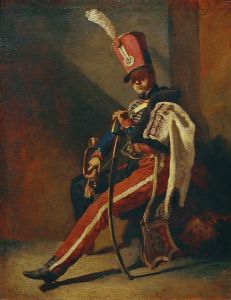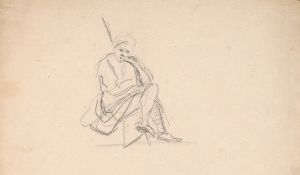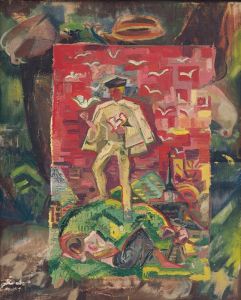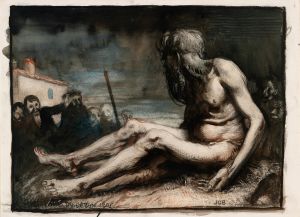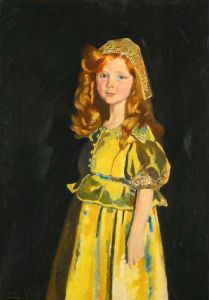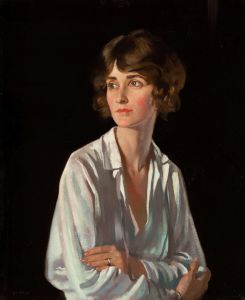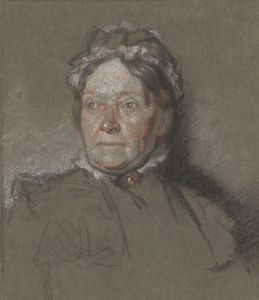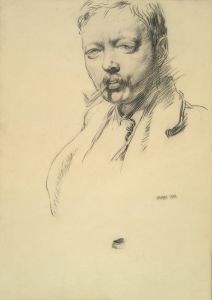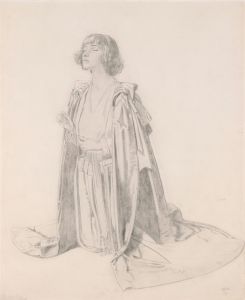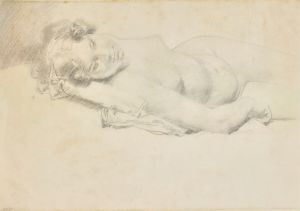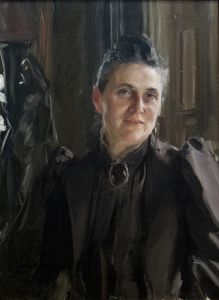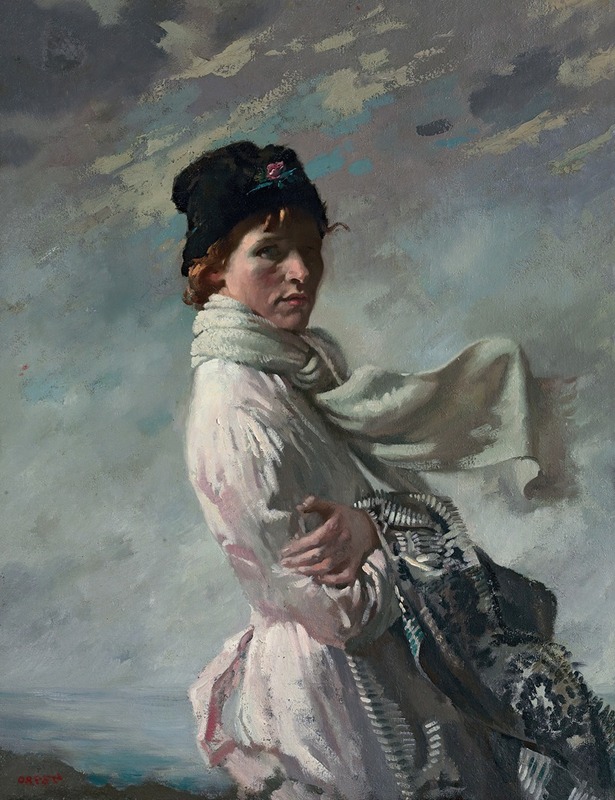
‘In Dublin Bay’; Portrait of the Artist’s Wife
A hand-painted replica of William Orpen’s masterpiece ‘In Dublin Bay’; Portrait of the Artist’s Wife, meticulously crafted by professional artists to capture the true essence of the original. Each piece is created with museum-quality canvas and rare mineral pigments, carefully painted by experienced artists with delicate brushstrokes and rich, layered colors to perfectly recreate the texture of the original artwork. Unlike machine-printed reproductions, this hand-painted version brings the painting to life, infused with the artist’s emotions and skill in every stroke. Whether for personal collection or home decoration, it instantly elevates the artistic atmosphere of any space.
William Orpen's painting "In Dublin Bay; Portrait of the Artist’s Wife" is a notable work by the Irish artist, who was renowned for his portraits and contributions to early 20th-century art. Orpen, born in 1878 in Stillorgan, County Dublin, was a prominent figure in the art world during his lifetime, known for his technical skill and keen ability to capture the essence of his subjects.
The painting "In Dublin Bay; Portrait of the Artist’s Wife" features Orpen's wife, Grace Knewstub, whom he married in 1901. Grace was a frequent subject in Orpen's works, and their relationship provided a rich source of inspiration for the artist. This particular painting is set against the backdrop of Dublin Bay, a location that holds significance due to Orpen's Irish heritage and his connection to the area.
Orpen's style in this painting reflects his academic training and his ability to blend traditional techniques with a modern sensibility. He studied at the Metropolitan School of Art in Dublin and later at the Slade School of Fine Art in London, where he honed his skills under the guidance of influential teachers. His education is evident in the precise and detailed rendering of his wife's likeness, as well as the careful composition of the scene.
The painting captures Grace in a contemplative pose, with Dublin Bay stretching out behind her. The use of light and shadow in the work demonstrates Orpen's mastery of chiaroscuro, a technique that adds depth and dimension to the portrait. The serene expression on Grace's face, combined with the tranquil setting, evokes a sense of calm and introspection.
Orpen's choice of Dublin Bay as the setting is significant, as it not only highlights his connection to Ireland but also serves as a metaphorical link between his personal and professional life. The bay, with its expansive waters and open skies, can be seen as a symbol of the artist's journey and exploration, both in his art and in his personal relationships.
Throughout his career, Orpen was celebrated for his portraiture, and "In Dublin Bay; Portrait of the Artist’s Wife" is a testament to his ability to capture the personality and essence of his subjects. His works were exhibited widely, and he gained considerable acclaim, particularly in the United Kingdom, where he spent much of his professional life.
Orpen's legacy as an artist is marked by his contributions to both portraiture and the broader art world. His works are held in high regard and continue to be studied and appreciated for their technical excellence and emotional depth. "In Dublin Bay; Portrait of the Artist’s Wife" remains an important piece within Orpen's oeuvre, reflecting both his personal connections and his artistic achievements.





